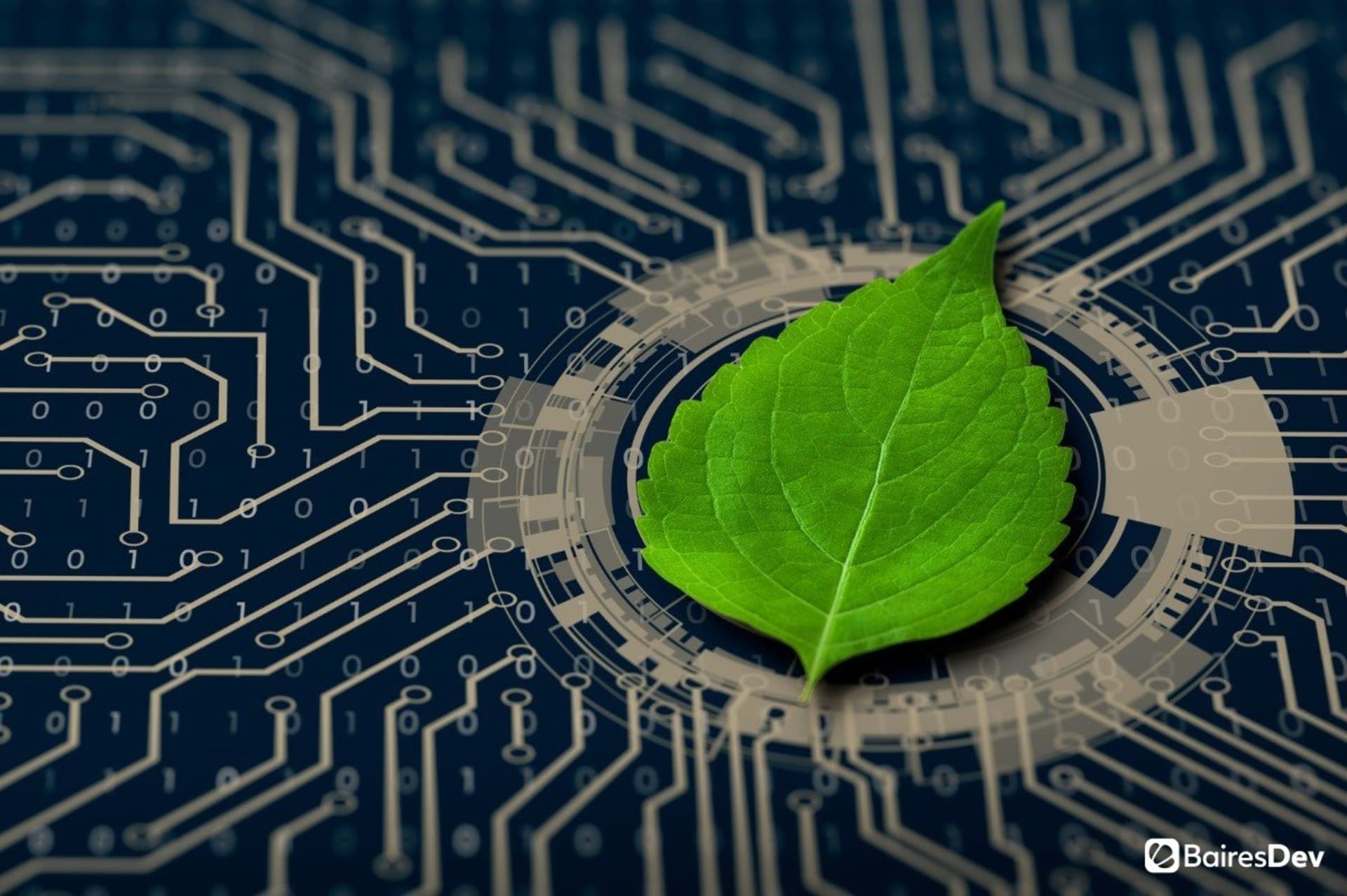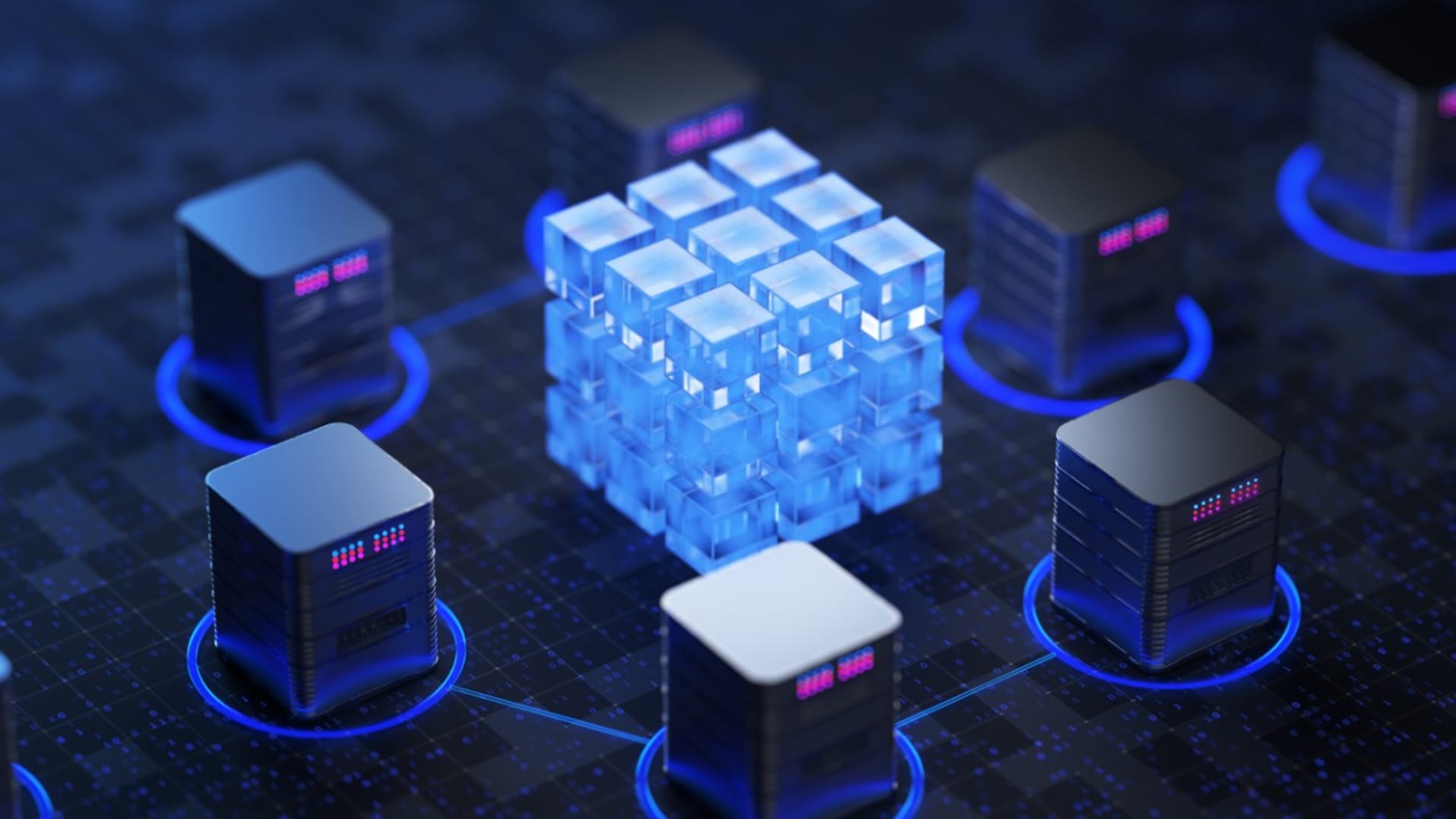The science couldn’t be any clearer: climate change is happening at an accelerated rate, human beings are consuming the earth’s resources faster than what the natural cycle can regenerate. If we don’t take action soon, we will end up in an ecological post-apocalyptic world worthy of a 1980s sci-fi novel.
By gross estimates, the internet produces around 1.6 billion tons of gas emissions per year. An alarming number without a doubt. But what’s really alarming is that that estimate is growing with each passing day as more energy is needed to support the growing infrastructure.
Opening an email might not consume much in terms of resources, but when 4.6 billion people are doing it multiple times a day every day the carbon footprint starts to stack up. Everything we can do to help reduce our carbon footprint helps, even if just a little.
Web pages and web developers play an important role in this task. While it’s very difficult to change the behaviors of billions of people at once, web pages can be built consciously so that each user consumes fewer resources while using them.
Think of it like this: instead of changing the behavior of one hundred users, we can change the energy consumption of the websites they visit. Of course, having both a change of behavior and an optimized system would be best, but the latter has a wider impact than the former.
What is Sustainable Web Development?
Sustainable web design is an approach to designing digital products and services that puts people and the planet first. It’s about incorporating sustainable technology in your design and focusing on the impact your project will have on the world.
While not required, most people who employ sustainable web development adopt the Sustainable Web Manifesto, which calls for an internet that is:
- Clean: Services provided and used will be powered by renewable energy.
- Efficient: Products and services will use the least amount of energy and material resources possible.
- Open: Products and services will be accessible, allow users to control their data, and enable the open exchange of information.
- Honest: Products and services will not mislead or exploit users in their design and content.
- Regenerative: Products and services will support an economy that nourishes people and the planet.
- Resilient: Products and services will function in times and places where users need them most.
Sustainable web design is also a part of the Corporate Digital Responsibility strategy that includes social, economic, environmental, and technological practices. It’s very simple: in a more conscious world we have to be aware of the impact we have on others and on our environment.
Sustainable Web Design Practices
To be quite honest, if you’ve ever been part of a project involving lean web design, performance-oriented web design, or low-cost/usage web design, then you’ve already taken your first steps towards being green.
Whenever you reduce the amount of energy your web project consumes you’re helping the environment. This can mean any number of things, from using the least amount of resources possible to optimizing your program so it requires less processing. Or it can be something as simple as creating a user experience that minimizes engagement with the product.
The practice of sustainable web design can be summarized in the following six categories:
- Web Performance Optimization: How optimized is your web project? How much information is transmitted with each interaction? Do users have to be constantly online to use it? Why? The less data transmission the more we conserve energy.
- Content Findability: How quickly can users find information? Is your web project easy to navigate? Once they find the information, is it useful? Or do they need to do follow-up searches?
- Usability: How accessible is your web project? How quickly can a user accomplish a task? Does it require high bandwidth speeds? Why?
- Green Web Hosting: Are you using server hosting solutions that guarantee the use of clean energy?
- Client and Project Ethos: What impact are we having on our clients? Are we being clear about our practices and our methods?
- Business Practices: Aside from the project itself, is your business adopting green solutions that promote a sustainable culture?
If you’re thinking “Wow, that’s a lot”, you’re absolutely right, it is. Adopting a sustainable culture takes time and effort, not only do we have to change our paradigms, but we have to train our teams to break away from old practices and create new habits. That in itself is a challenge.
Green Partners
Beyond our culture, in order to promote sustainable practices, we have to build business relations with other companies that share our values. As mentioned above, green web hosting is a great example of what we mean.
Servers and data storage consume impressive amounts of energy. For example, Google data farms require enough power to maintain a small country, and blockchains spend as much energy as Argentina.
Search for partners who employ carbon-neutral solutions, for example, servers that are powered entirely or as much as possible by renewable energy. Outsource work to companies that are fully committed to sustainable practices. Promote a carbon-neutral product and foster sustainable practices amongst your users.
A word of caution though, many people are using carbon credits to offset their carbon footprints. While that’s a perfectly reasonable approach, it’s one that has to be taken consciously. Let me explain.
A carbon credit is a kind of permit that represents a certain amount of carbon dioxide removed from the atmosphere. They’re usually bought by companies to make up for carbon dioxide emissions. It’s the idea that we can offset our current carbon footprint by investing in efforts that will remove those emissions in the long run.
Assuming that all carbon credits lead to efforts that effectively reduce carbon dioxide, the problem is that this is something that’s going to happen in the future, in the meantime, we are still increasing our carbon footprints. It makes little sense to invest in the future and then destroy the possibility of seeing that future.
A New Paradigm
Sustainable Web Design isn’t just a fad, it’s a change in the way we understand and approach businesses practices. Our current models have created a technocratic paradise, but it has come at a great cost.
We have to be more responsible towards others and towards the world. Profit margins share the same importance as preserving our planet and building a better society.
If you enjoyed this, be sure to check out our other web development articles.









